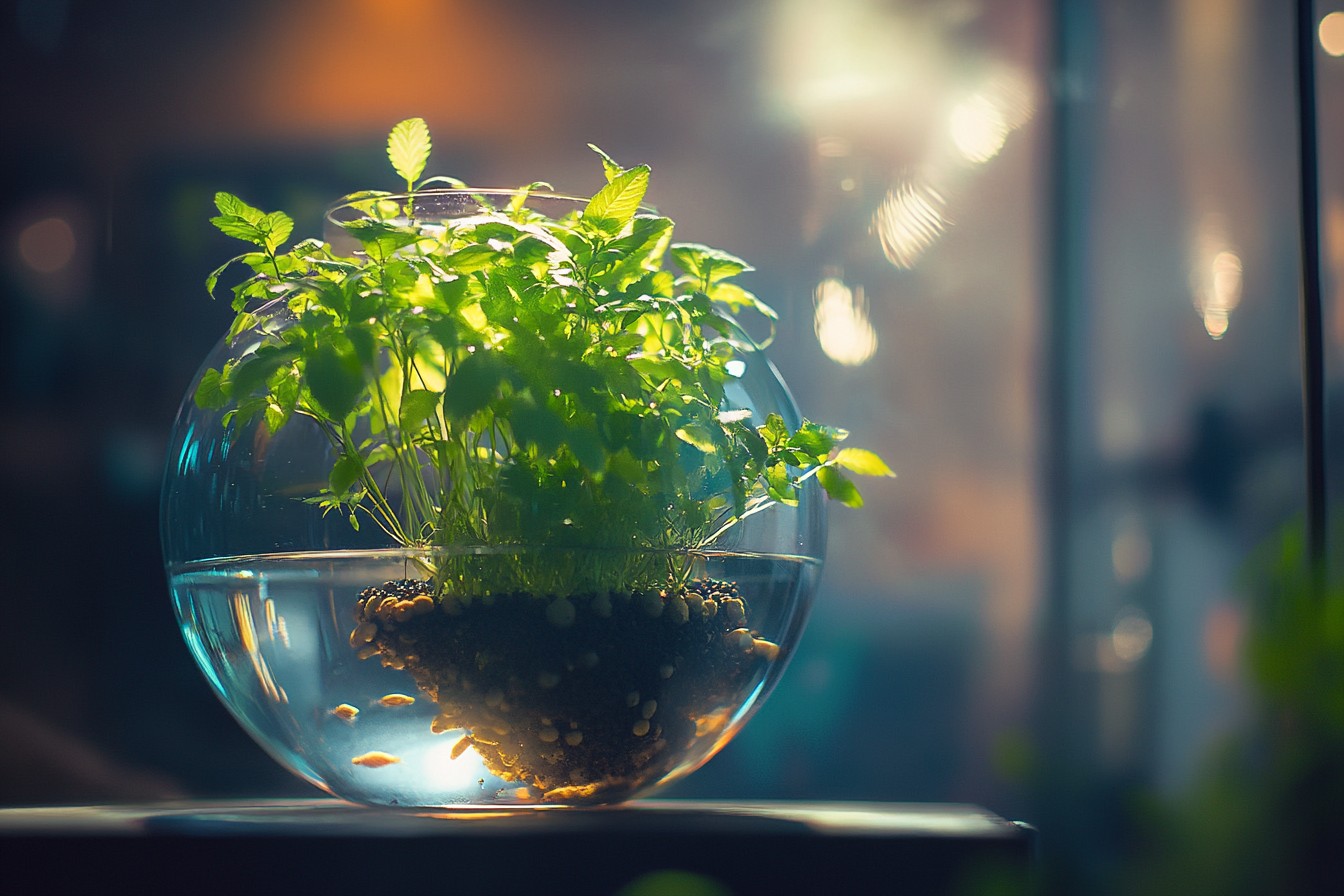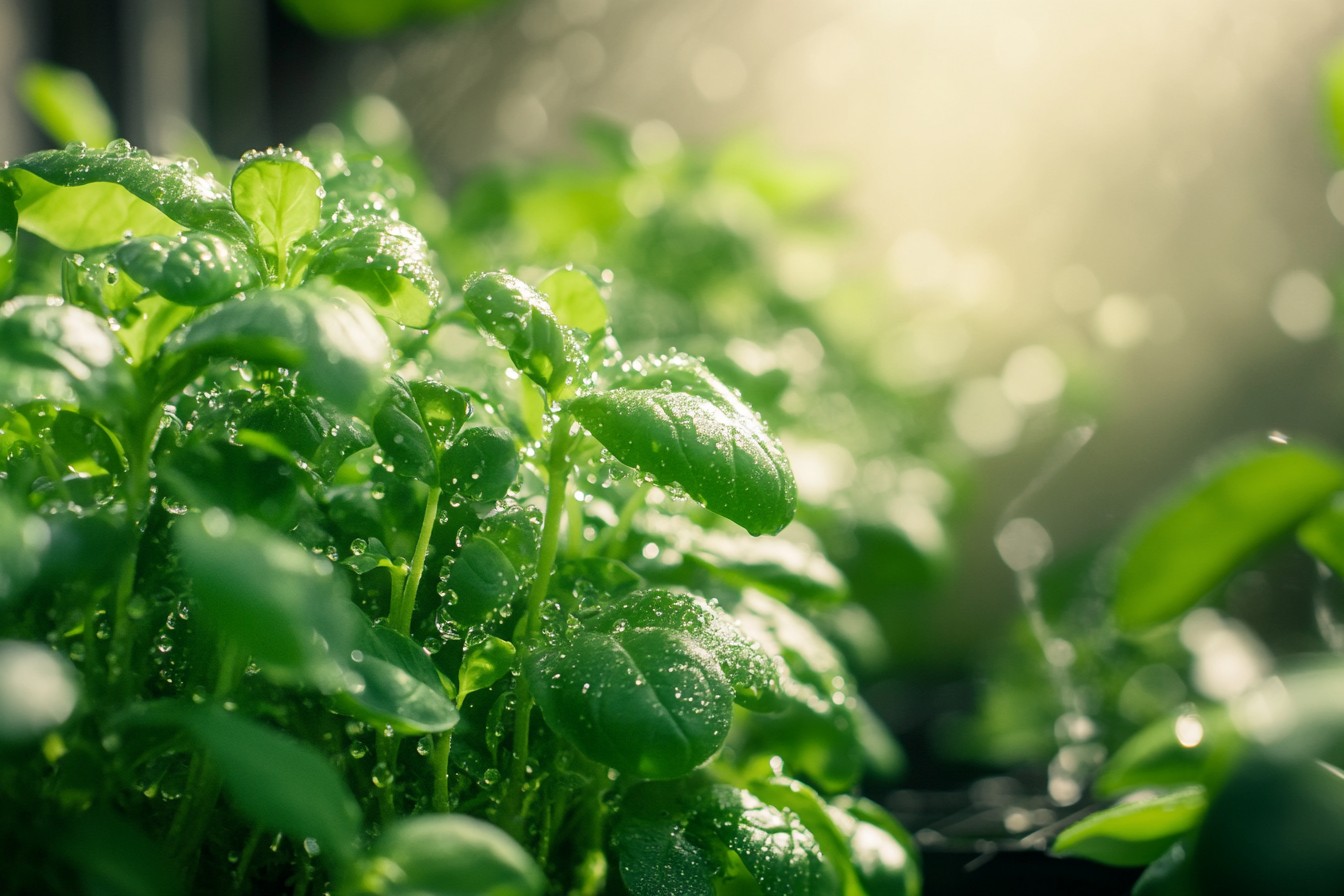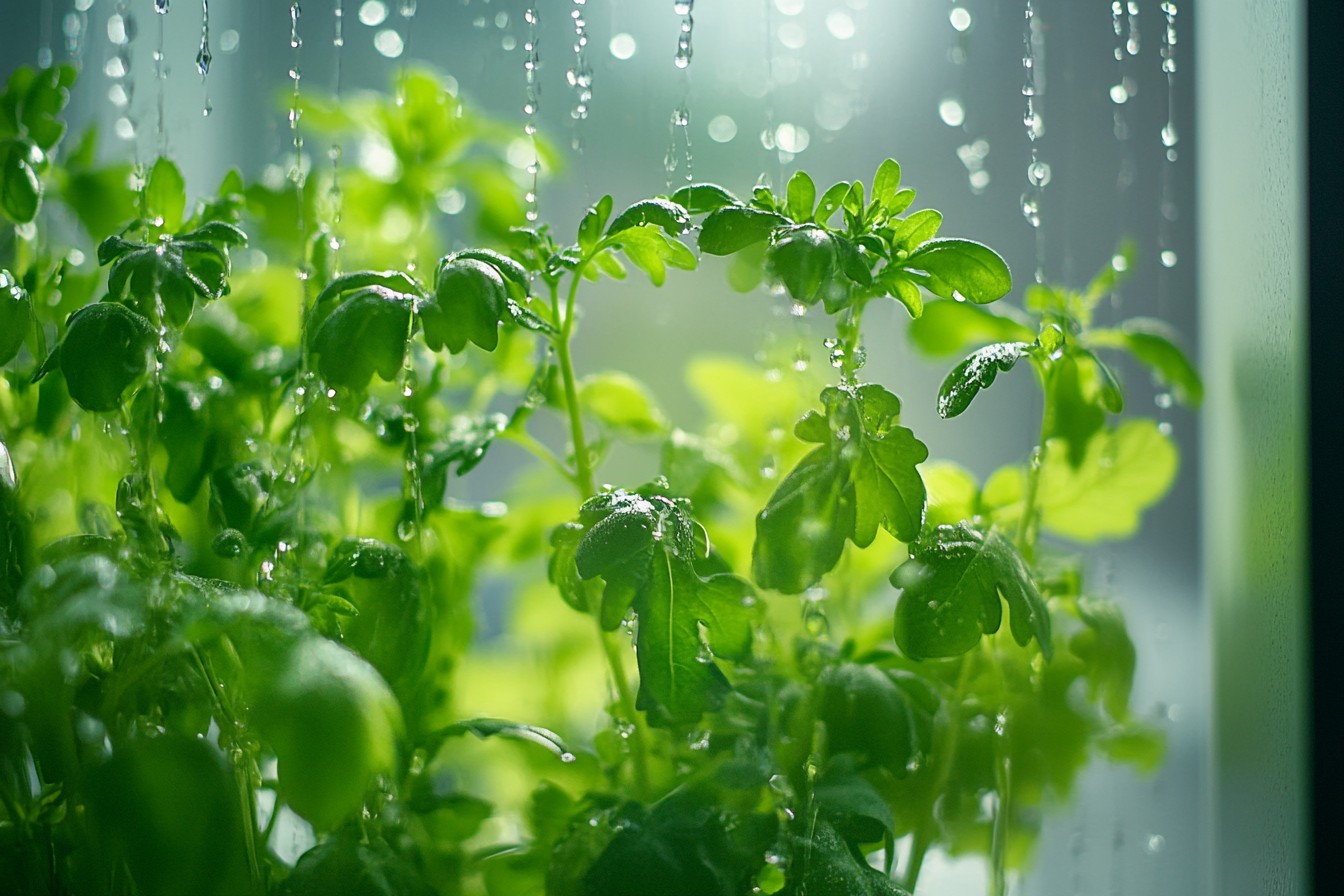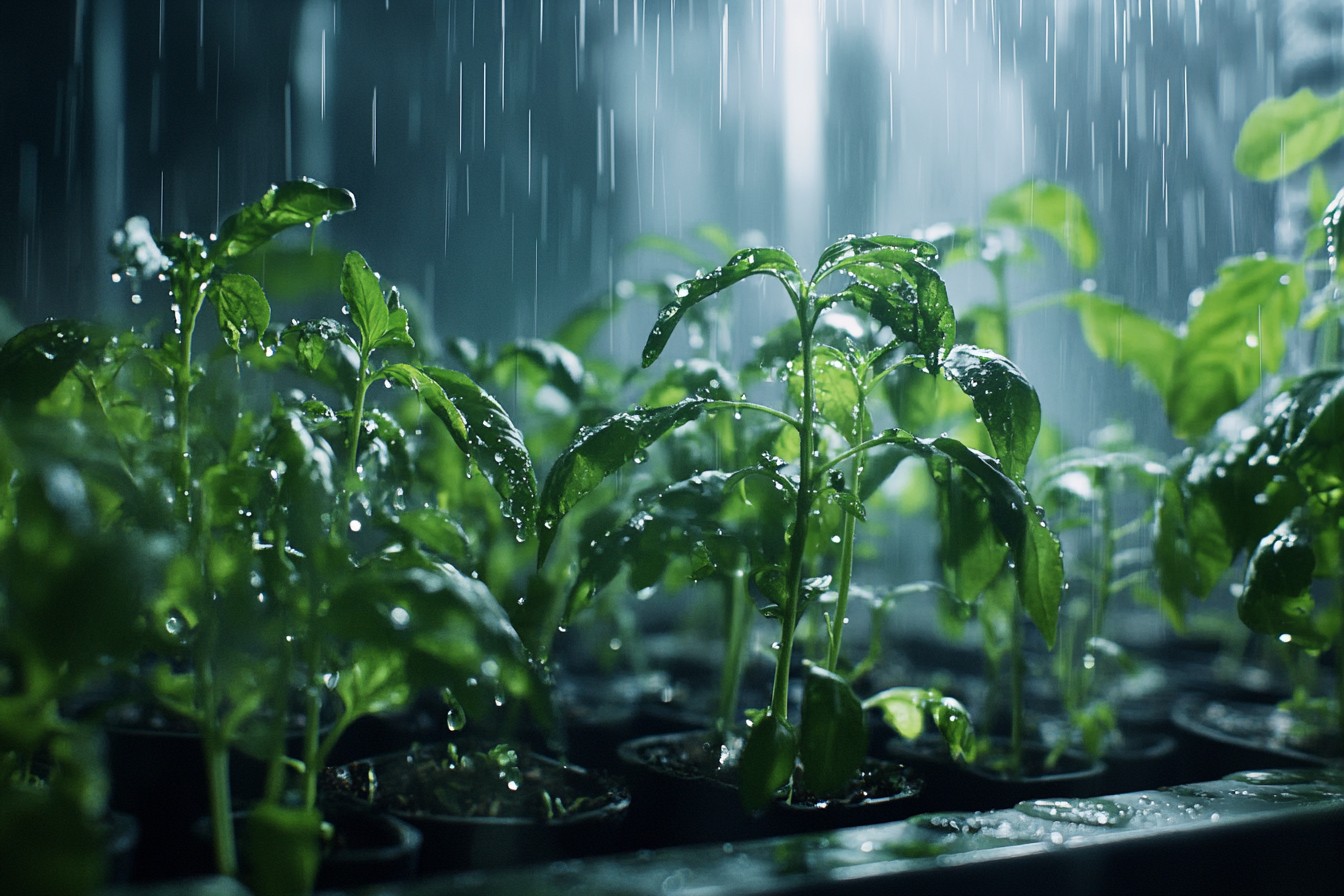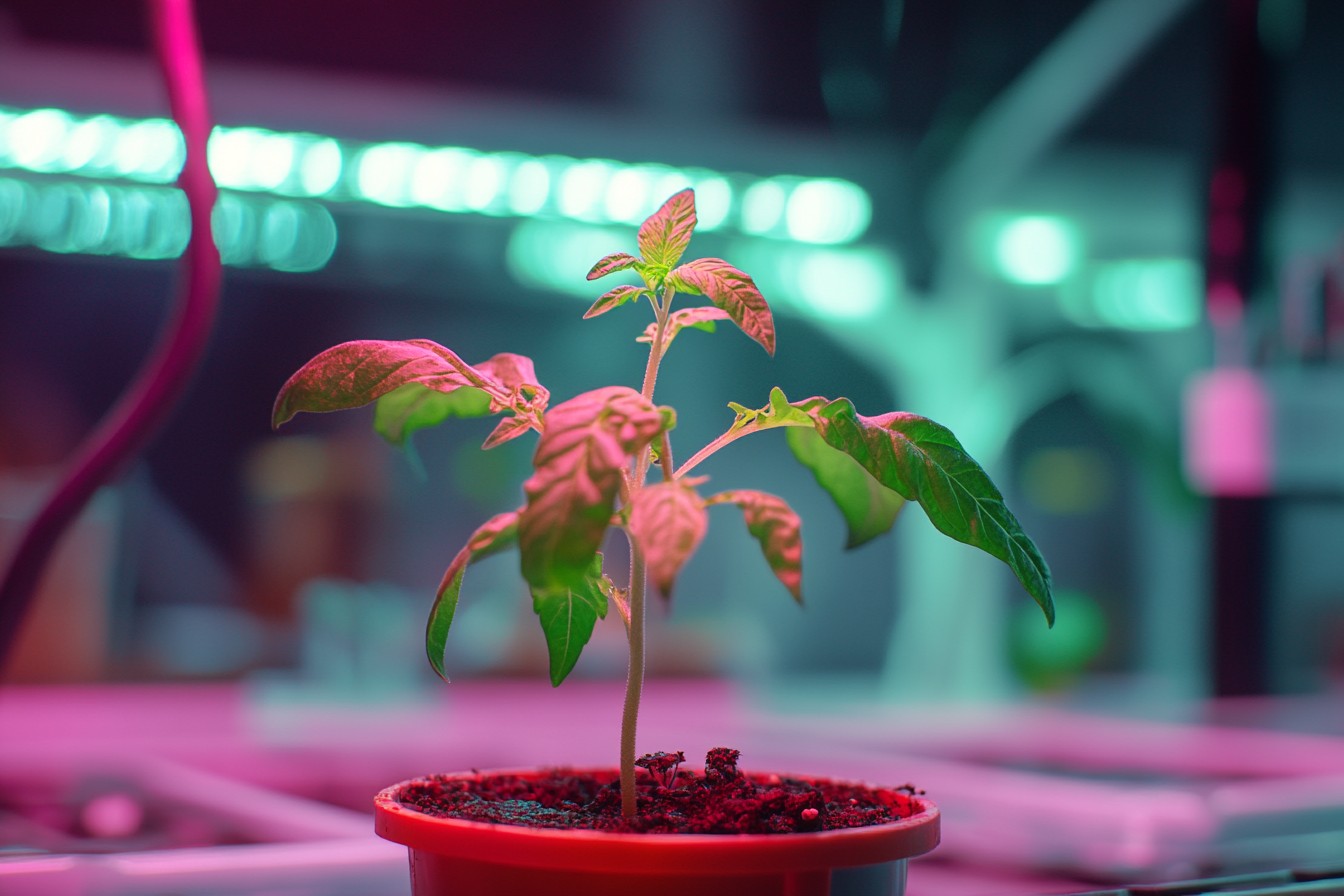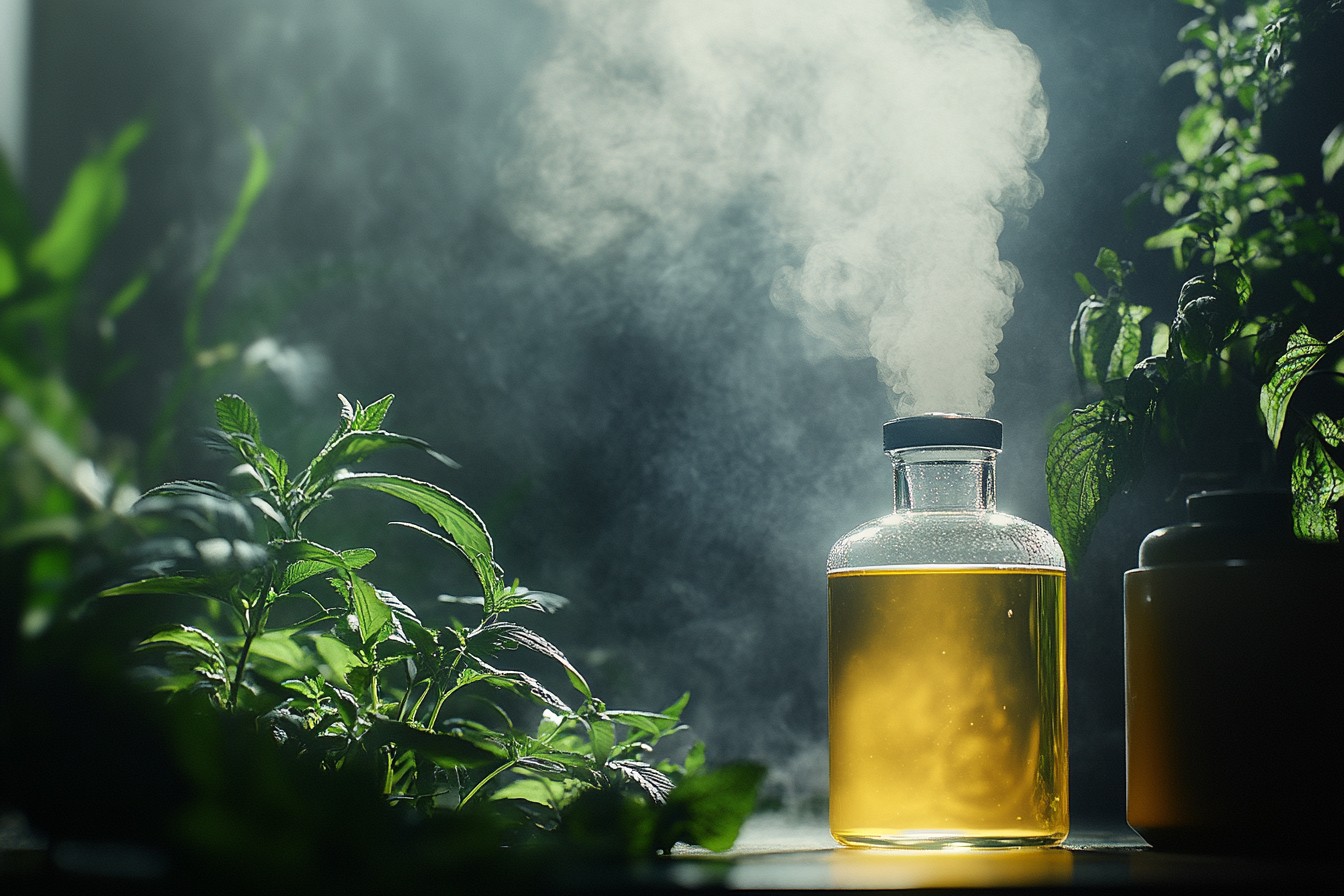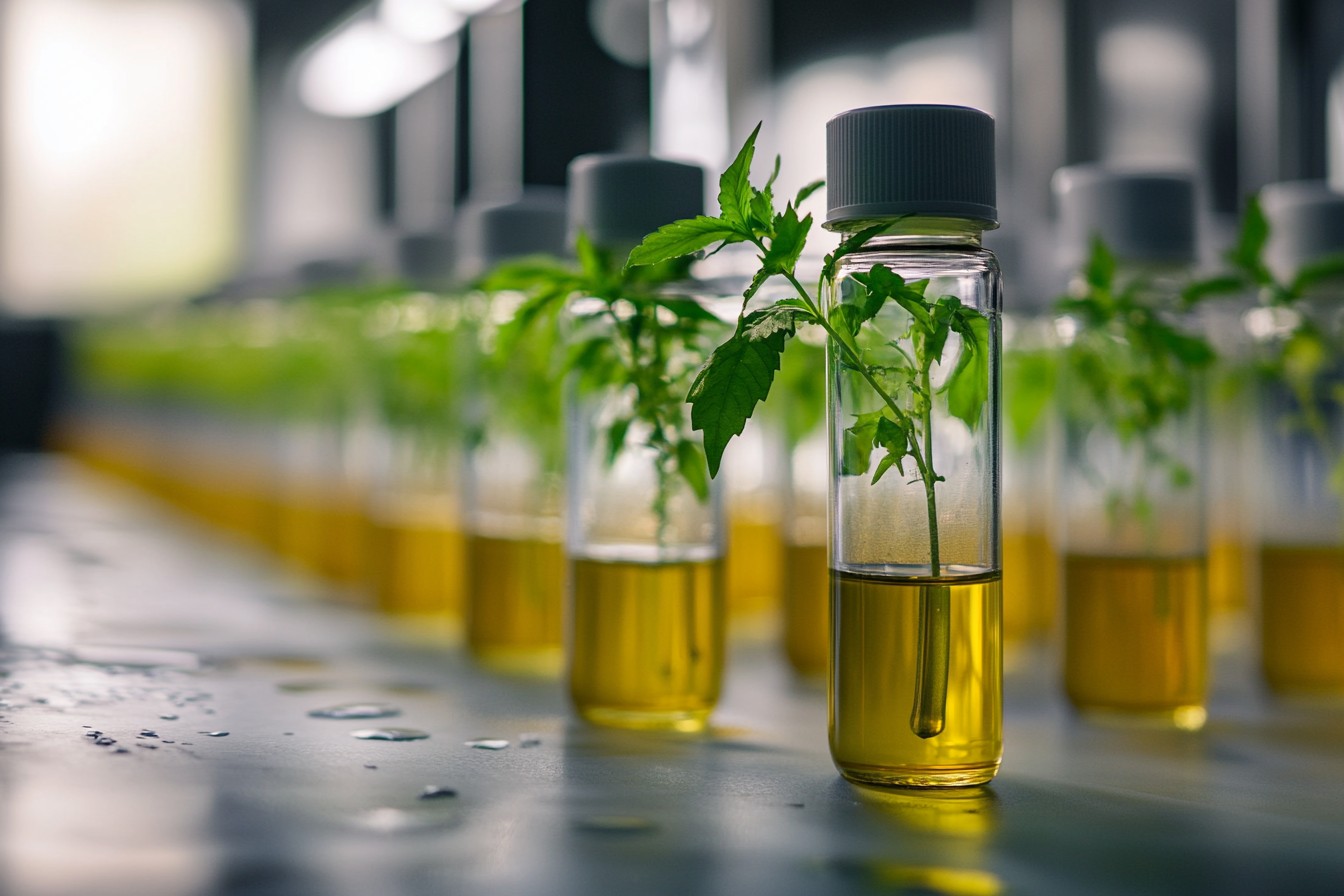It is widely known that hydroponic nutrients can be very expensive. Well, how expensive exactly? I’ll put it this way, “Maybe I should just plant this lettuce in an actual dirt.” At this point you may be wondering, “what drove me to such insane thinking?” The answer is simple : the first time I tried hydroponics. Like every other beginner, I purchased a bottle of nutrients to kickstart my hydroponic journey. But to my horror, I wasted roughly 35 dollars on a spilled nutritional bottle. I can assure you, watching dollar bills seep out of a bottle never feels good.
As my stubborness began to show its colors, I started to experiment with multiple setups. With each passing system I tried, my understanding and love for hydroponics bloomed. Unfortunately, the same could not be said about my finances. At one point, I was spending nearly 60 dollars a month on overpriced bottles, something no sane person would do ! Each new system I tried only ended up digging a deeper hole.
The names on the bottles screamed something different. Comically dubbed titles like “GrowMaxXX” or “BloomBooster5000” made me realize I was heading in the wrong direction. The last straw was one fateful night at midnight, with my plants requiring nutrients the next morning, and no bottles left to fill. I had what some would interpret as a breakdown. Quite honestly, I’m unsure myself if it was genius or just temporary unhinged.
A simple Google search revealed that the nutrient solutions were not made from ingredients like unicorn tears and space dust. To my dismay, it was just…
Nothing too special. Just minerals—boring ones that have existed on Earth since forever. My first attempt was, uh, not great.
I gathered my kitchen for pretty much anything that sounded vaguely mineral–like, like, epsom salt in my bath, or even fish tank supplements from my dearly departed friend’s fish, Finn the Betta.
I also tossed in a crushed-up multi vitamin, because hey, if the multivitamin works for me I can’t see why it wouldn’t work here, right? After mixing the vitmamin with the other items, I poured the mix into a measuring cup, now peramently dubbed the nutrient mixing cup. After word leaked to one of my roommates about my “scientific” endeavours, I was lucky enough to only get a twenty minute lecture about cross contamination. The basis didn’t die in the first twenty-four hours, so I decided that’s a win.
As I was saying, the cuttings didn’t die right away, so I thought that’s a win. But they sure as hell weren’t thriving. The plants just ballparked the bare minimum in a pathetic, wan, “please fold the other plants stop towards me. What are you doing to me?” kind of way.
At this point, it was blindingly clear that I needed to get serious. I proceeded to print the ingredients list of my empty nutrient bottle, something i later regretted doing, to take it to my old chemistry professor Dr. Reeves, who for some reason had vegetables growing in her home.
The look she gave me when I revealed my DIY nutrient plans was the same look from years ago when I proposed a lab experiment improvement by adding a bit more of the “fizzy stuff”.
“Mark,” she said and looked over to me, “Plants need specific rations of nitrogen, phosphorus, potassium, calcium, magnesium, and trace elements. This is not something you just… improvise.”
Well… Challenge accepted.
The next three months entailed budget spreadsheets which took more time than my engineering degree put together. I went as far as joining gardening forums that discussed hydroponic nutrient solutions. Forums where people debated over the merits of various calcium sources with the same intensity reserved for sports rivalries. I also transformed my kitchen into what my mother vaguely termed as “some type of bomb making operation” whenever she unexpectedly FaceTimed me. The breakthrough came from an embarrassingly obvious source.
Reading a book. Not YouTube or Reddit, an actual physical book “Hydroponic Nutrients: The Science and Practice” By Dr. Eleanor Wright. I found it in the dusty corners of my library and I was shocked to find out it had only 3 check outs since 1997 which meant I was the only one to take it out for the last 20 years.
Dr. Wright set forth fundamental formulations that were approachable for the layperson, lacking in both a degree in chemistry and access to classified materials. The base formula was shockingly simple: Epsom salt (magnesium sulfate), calcium nitrate, potassium nitrate, monopotassium phosphate, and a micronutrient mix.
The challenge of the matter was obtaining these without purchasing industrial-grade chemicals that would land me with suspicious contacts. Epsom salt was easy as it’s within reach at any pharmacy and Calcium Nitrate can be cultivated from lawn fertilizers.
Potassium Nitrate is more commonly known as saltpeter, which has some… interesting alternative uses I discovered during research, leading to an awkward conversation with my browser history. Monopotassium phosphate was more tricky until discovering it’s within the scope of food production as E340.
The real MVP turned out to be a man named Gary who operated a hydroponics store at the outskirts of town. “My formulation notes,” he said sliding what I can only assume to be decades old binder filled with pages of unexplainable knowledge. To my surprise, upon explanation of my project he did not try peddling me premade nutrients most other stores seemed to offer.
Don’t let the nutrient companies know I’m helping you save some money,” Gary, I owe you a six pack still. My kitchen exploded into a concoction of jars and gnarly labels. I bought a measuring scale that reads to 0.01 grams, safety goggles that made me look like Walter White’s cousin, and glass jars that rapidly accumulated specfic Labels like “Base Solution A: Do Not Drink” and “Failed Experiment #4: Smells Bad But Plants Didn’t Die.”
After approximately seventeen tries, I was able to achieve my friends success.
The latter being considerably less successful. I slowly mixed together the composition and added the magical touch of the newly collected base solution A unto the lack luster inactive baby lettuce leaves. Then came the worst part of growth conjuring — waiting. Truth is, plant growth is a miracle that happens very very slowly.
There’s absolutely no way a plant can look me in the eye and say “I’m Alive”, instead growth is pos slow along side and the expectant might notice a some foliage gets added. On the third day, I was convinced a difference was possible and felt a bit more hopeful. By week one however, that became impossible to deny.
Those lettuces were growing like they were preparing for the Olympic lettuce growing competition. By week three, I was peeling off outer leaves to toss into sandwiches. Sweet, slightly bitter romaine and the taste of victory revealed themselves.
I perfected the formula in the subsequent months and changed the ratios of nutrients based on the specific plant requirements. Fruiting plants received higher potassium and leafy greens had more nitrogen.
I designed specific nutrient formulations for each growing stage. As a result, my spreadsheets multiplied so much that my computer fan sounded like a jet preparing for takeoff. The savings were astounding.
After spending about $87 on the base components, I was able to create the equivalent of $300 in commercial nutrients. The additional satisfaction of personally mixed plant nutrients was also a huge plus.
At first, it was just garden club Darla who lived next door needing me to whip up some “plant juice” for her tomatoes. And before I knew it, three other YouTubers reached out for the formula. I eventually caved in and made a detailed step by step video, documenting the entire process, which surprisingly became one of my most popular videos.
It appears, at least to me, that I was not the only one bothered by the price of commercial nutrients. Of course there have been failures. My miscalculation of the calcium mixture solubility leading to the creation of what can only be called concrete in my reservoir was The Great Clog of 2019.
Let’s not forget The Mystery Smell Incident when I left a test batch in my closet so long that when I almost rang hazmat, it leaned into the absurd. Oh, and I have had experiments—like on the brave pepper plants that participated in Formula Test #23—that resulted in their demise and minute silences in honor.
Rest assured now, my nutrient mixing is precise, dialed in, and down to a science—literally. After the Midnight Mix-up where I almost fed my prized heirloom tomatoes what I can only describe as Miracle-Gro on steroids, I’ve taken to clearly labeling my storage containers as well as preparing some for gardening friends. Now Dad? He’s still skeptical.
The last time I spoke to him and handed him one of my freshly picked hydroponic cucumbers, he made the mistake of saying, “so let me get this straight, all you did was mix this up in your kitchen?”
As if on cue, he bit into the cucumber before raising his eyebrows and nodding slowly during a wordless agreement while his mind reeled from the deliciousness.
“I guess it’s not all that terrible for the kid who drowned my fern,” he accepted. To me, that is almost on the same level as receiving a Nobel Prize.” The formula keeps getting refined.”
At the moment, there’s a “Do It Yourself” craze on the internet where everybody is testing their homemade versions of the complex nutrient solutions, especially methane tea. Some experiments yield positive results, others not. Each one of those experiments feeds my channel’s content. So if you’re cringing at the price of those nutrient bottles, or you simply enjoy the idea that you could have absolute dominion over your plants’ diets, know that it is possible to concoct your own plant food that is equally effective, but only if you’re ready to let loose and embrace your inner mad scientist while having your kitchen smell like a swamp from time to time.


